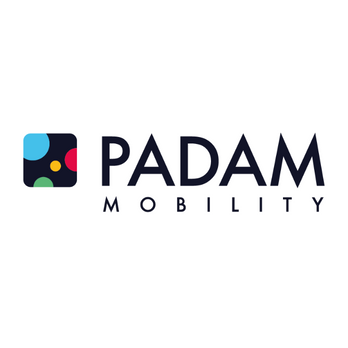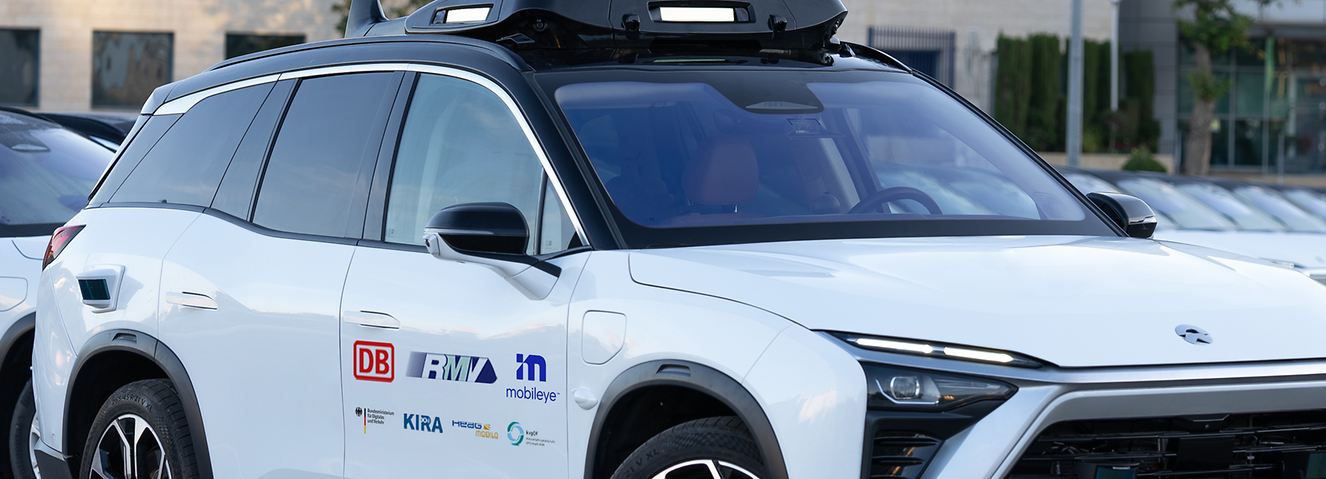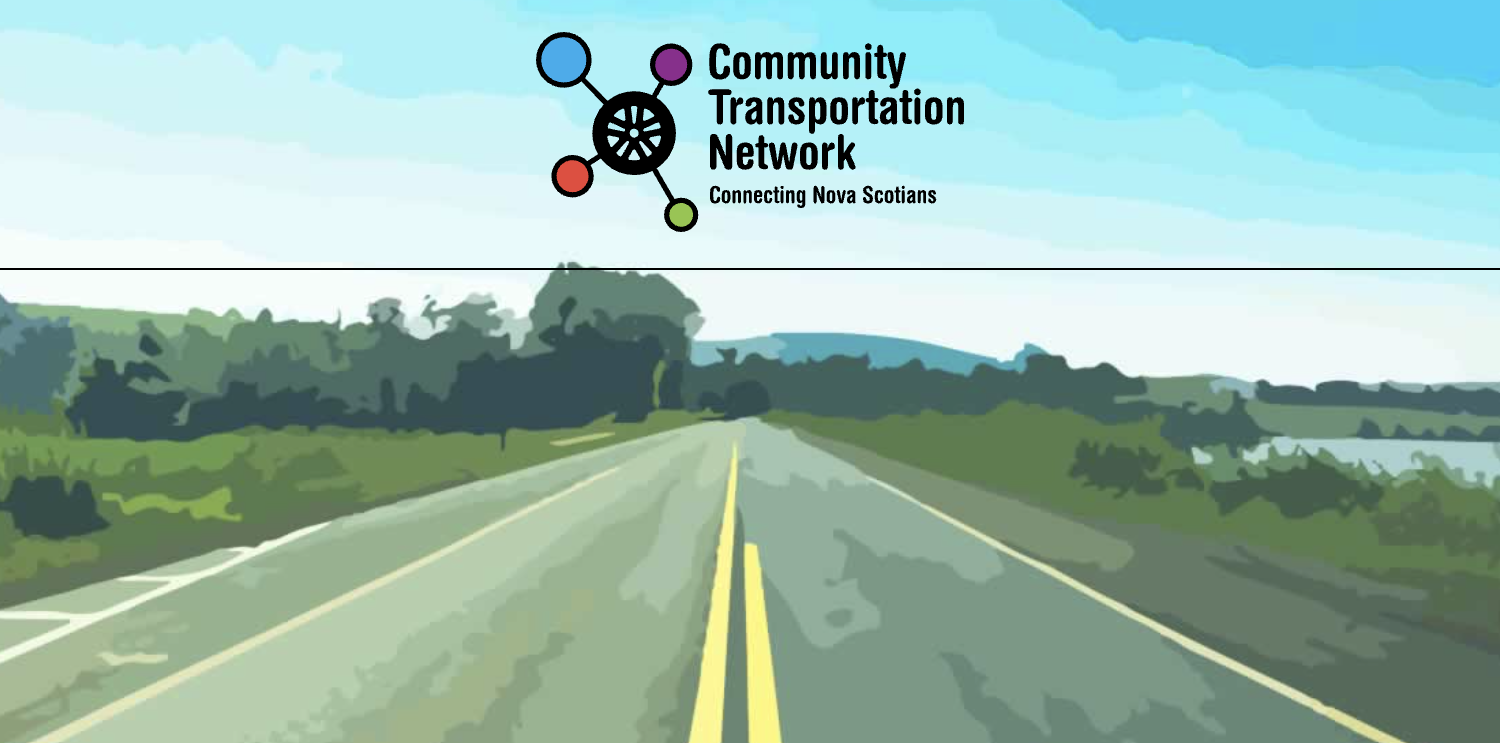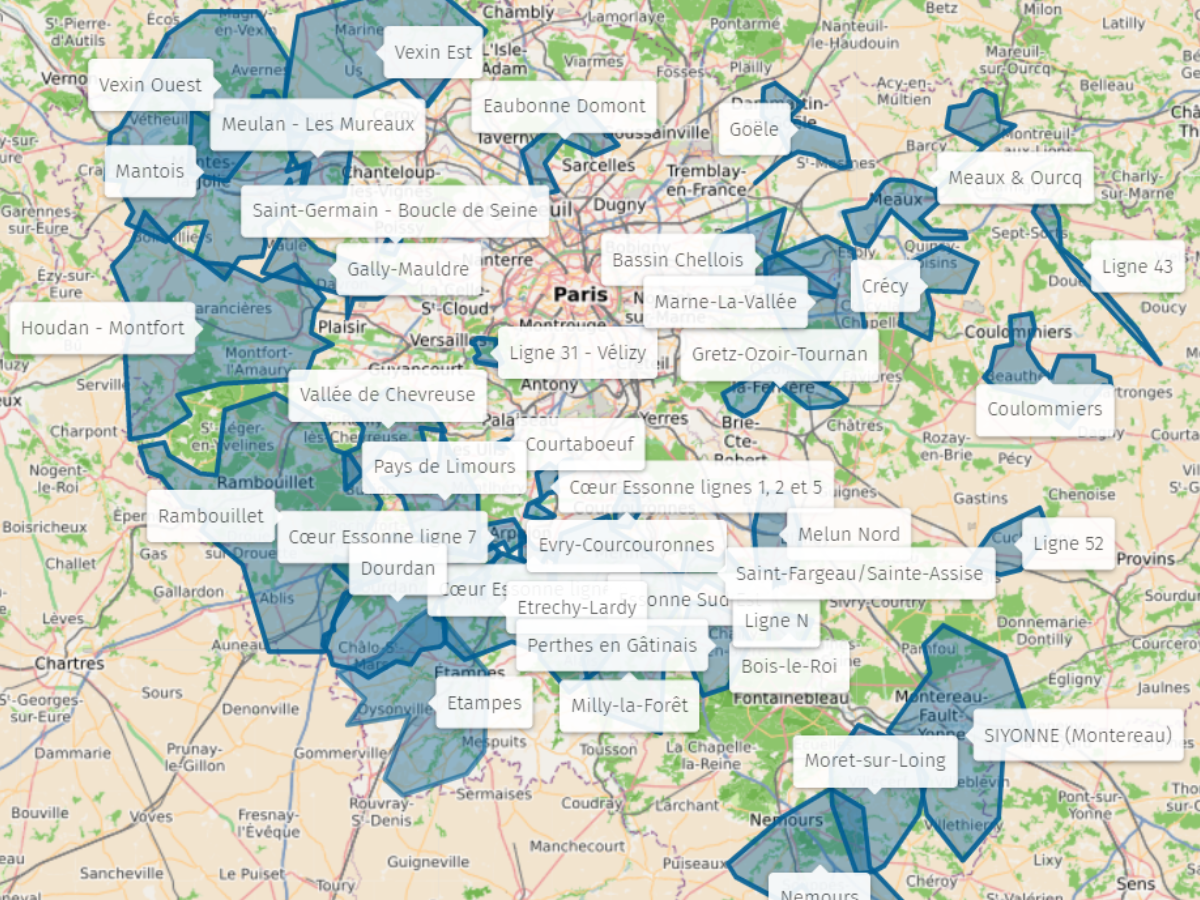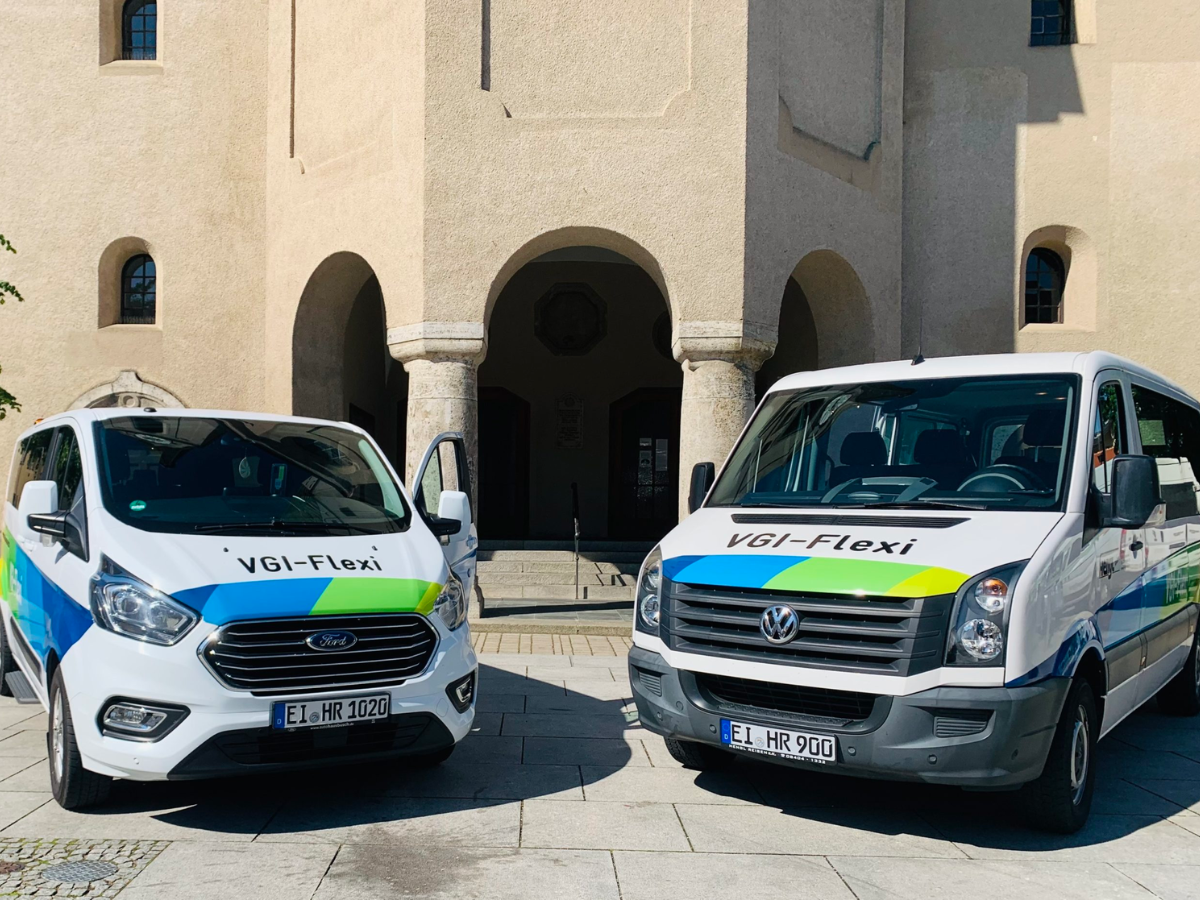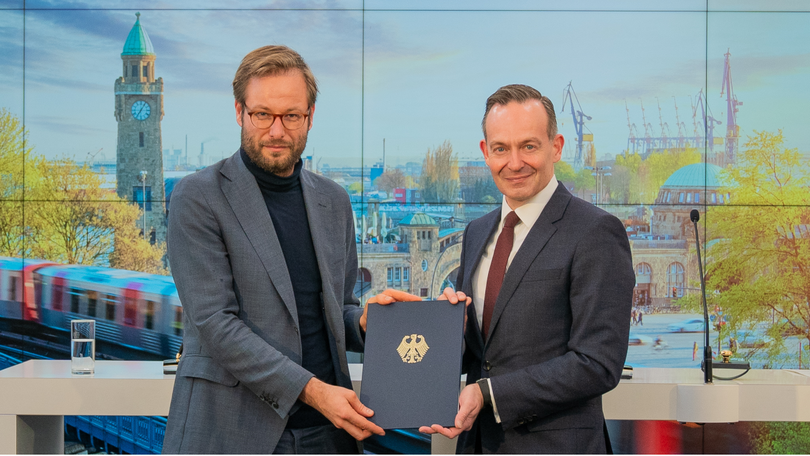The lack of workforce in public transport is a structural and widespread problem.
Demand-responsive transport (DRT), which makes it possible to employ drivers who “only” have a class B driving licence, could improve the situation in the long term.
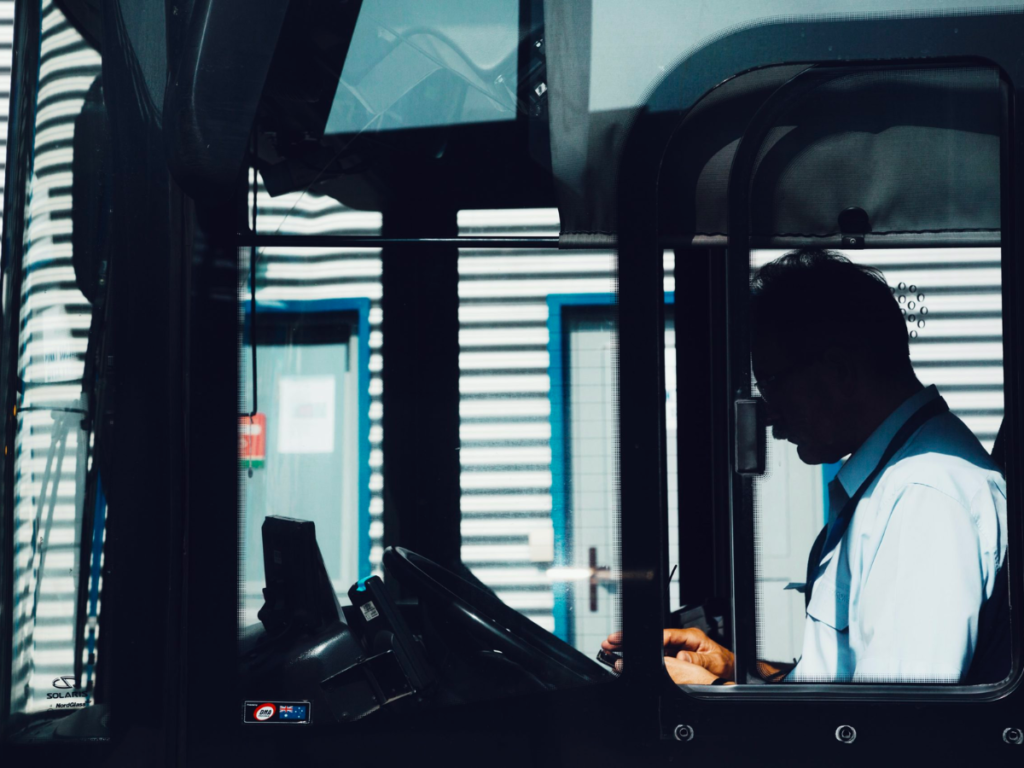
Long hours and low wages – bus driving seems to be becoming increasingly unattractive in many regions of Europe, including the UK. According to a study published by the BBC at the end of 2022, one in 10 jobs is vacant. The shortage of available bus drivers leads to services being cancelled, which in turn fuels the opinion that public transport is unreliable. Yet a well-functioning public transport system and a healthy demand for it are important to guarantee optimal freedom of movement for people who, for various reasons, cannot be autonomously mobile. So how can we break the vicious circle and make public transport attractive for both drivers and passengers?
A Versatile and Fulfilling Profession
Demand-responsive transport (DRT) is an opportunity for public policy makers to address labour shortages in the public transport sector. At the same time, it offers conveniences for drivers and operators that traditional services often do not have:
- Usually, the minibuses used in on-demand transports can be driven with a class B driving licence (up to nine seats). Not only is this a way for entry-level drivers to get a job more easily, but it also allows operators to recruit and train new staff more quickly.
- The vehicles are more compact, easier to drive and manoeuvre.
- According to our customers’ experiences, the pleasant working conditions of the drivers and the often personal relationship with the passengers contribute to a very good working atmosphere.
Mylène, 48, driver of one of the Transdev Darche-Gros buses used for the on-demand service IDFM, said:For me, the job is a way to make genuine contact with the passengers. Some of the passengers even tell us a bit about their lives. A teenage girl I drive every day told me that thanks to the service, custody is now better shared between her parents.
A user of the Resa’Tao service in Orléans, said:The drivers are friendly, which is great. You can talk to them, which is not that easy on a bus and not at all on a tram. It’s nice to exchange stories and it makes the journey shorter. Over time, you get to know the drivers. Last year, when a driver left, we said goodbye warmly.
Adriano, driver of the TCL on-demand service in Lyon, said:We have a lot of regular users, which means that we build up a certain bond with the customers. We always greet each other in a friendly way and we are also on a first-name basis. This creates a really warm atmosphere.
Because they drive fully occupied minibuses instead of large empty buses, the drivers feel more valued in their profession.
Nicolas, mid-30s, driver of one of the Transdev Darche-Gros buses used for the on-demand service IDFM, said:On-demand transport does not threaten existing regular public transport. On the contrary, it’s a service that really helps people get around in their daily lives.
How Can Public Transport Be Transformed to Become More Attractive for Passengers and Riders?
An important starting point to address the driver shortage could also be to change the profession by changing the public transport offer.
It cannot be ignored that many public transport offers do not meet people’s mobility needs. Home working, but also the spread of new individual modes of transport (scooters, electric bicycles, etc.), make a fixed offer of public transport less relevant. On the other hand, there is an urgent need for viable alternatives to the private car, especially in rural areas and suburbs.
In the National Bus Strategy “Bus Back Better”, the UK government recognises that the prevailing system makes it very difficult to provide reliable and well-timed bus services. Bus companies do not coordinate their services or recognise each other’s tickets. Routes become very lengthy, especially in sparsely populated areas, which means that people who have access to a car do not perceive the bus as a real alternative in the first place (Bus Back Better, pp.20-21).
On-demand transport can also provide relevant answers to these problems, as its flexible management makes it possible to offer journeys that are tailored to the needs of passengers: 35% of users of our on-demand transport services previously travelled by car, and as many as 10% of passengers have completely parted with their car since using the on-demand service.
The high level of customer satisfaction and usage of on-demand services shows that the poor image of shared transport is unjustified and that the levers are available to make it even more attractive. Guaranteed rides, comfortable transport, and short distances to the next stop, all these attributes are highly appreciated by the customers of the on-demand services powered by Padam Mobility. And this appreciation is also felt by the drivers.
Besides financial incentives, the profession must also be more enjoyable and less stressful to perform. Well-planned and fairly scheduled on-demand services can achieve this and make the job of a public transport driver more desirable.
This article was originally published by Padam Mobility.


